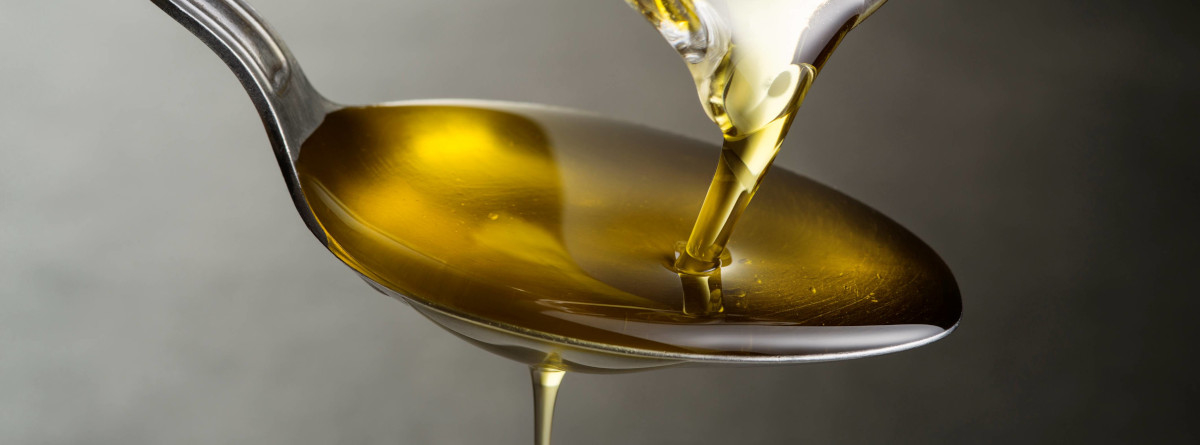
Solid fats mainly come from animal foods and can also be made from vegetable oils through a process called hydrogenation. Solid fats contain more saturated fats and/or trans fats than oils. Saturated fats and trans fats tend to raise “bad” (LDL) cholesterol levels in the blood, which in turn increases the risk for heart disease. To lower the risk for heart disease, cut back on foods containing saturated fats and trans fats.
All fats and oils are a mixture of the three different kinds of fats, which are:
- Unsaturated fats are heart-healthy fats. They are plant or fish-based and are usually liquid at room temperature. Examples include almonds, canola oil, avocados, salmon and olive oil.
- Saturated fats are solid at room temperature. Animal fat, coconut oil, butter and cheese are some examples of saturated fat. Try to eat very small amounts of saturated fat.
- Trans fats (or trans fatty acids) are created in an industrial process that adds hydrogen to liquid vegetable oils to make them more solid. Another name for trans fats is “partially hydrogenated oils.” The American Heart Association recommends avoiding industrially made trans fats.
Why do we need to eat fats and oils?
Oils are not a food group, but they do provide essential nutrients and are therefore included in USDA recommendations for what to eat. Note that only small amounts of oils are recommended.
Most of the fats you eat should be the unsaturated kind. Oils (not solid fats) are the best source of these healthier fats.
While consuming some oil is needed for health, oils still contain calories. In fact, oils and solid fats both contain about 120 calories per tablespoon. So try to limit the amount of oil you consume to keep your total calorie intake lower.